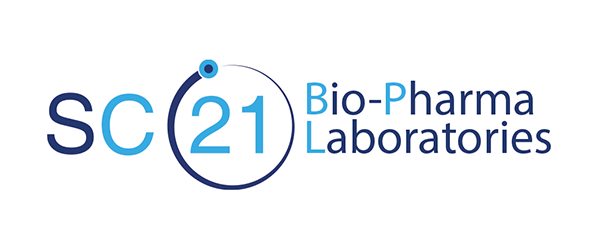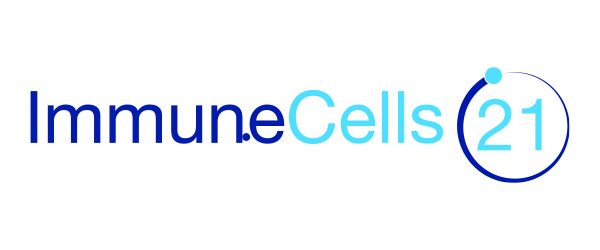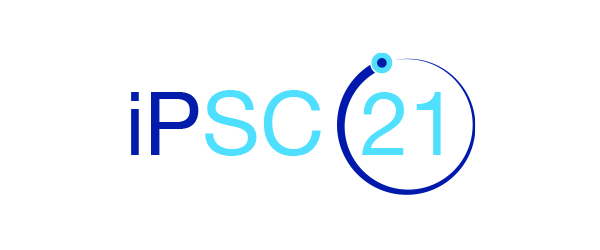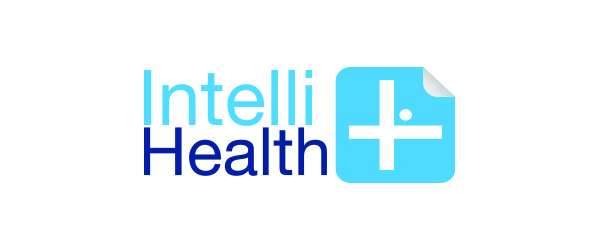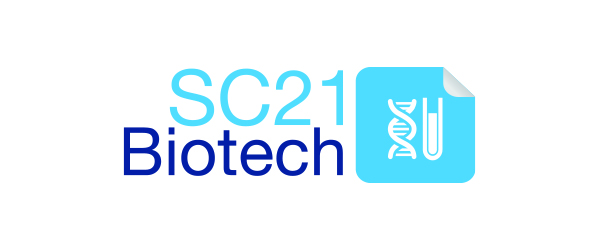Stem Cell Treatment for Lung Disease
A New Treatment Delivering Uncommon Results
At StemCells21 we offer a new treatment to Lung Disease that delivers health outcomes that many did not know were possible.
Our treatment delivers positive health outcomes for all forms of Lung Disease, and addresses the root causes of this condition.
By following this new approach, we have produced meaningful improvement for each of the Lung Disease patients we have treated. 37% of our patients experienced partial improvement to their condition, while 63% of our patients experienced significant improvement.
The improvements we have produced include, but are not limited to:


Reduced Coughing, Wheezing, and Shortness of Breath

Improved Energy Levels and Sleep Quality

Reduced Chance of Respiratory Failure

Improved Blood-Gas Ratio

Reduced Mucus Production and Expulsion

Reduced Tightness of Chest

Reduced Inflammation

Reduced or Removed Scars and Clots
Continue reading to learn how our new approach to Lung Disease treatment produced these improvements, and how we might produce equivalent improvements for you or your loved one.
Understanding Lung Disease: A New Perspective
Lung Disease is a common condition. Hundreds of millions of people around the world suffer from it. They experience significant breathing problems that cause discomfort, that prevent their body from receiving enough oxygen to function properly, and that create a lowered quality of life and increased risk of mortality.
Lung Disease is also a challenging condition. The lungs themselves are a complicated apparatus that expand and relax thousands of times per day. A single problem in just one component of this system can manifest in a debilitating condition, and these problems can be encouraged by a wealth of factors that include, but are not limited to:
- Habits like smoking.
- A polluted living environment.
- Other infections in the body.
- Genetic predispositions.
Many of these factors are cumulative, and build up damage to the lung tissue for a long time before a condition becomes apparent and diagnosed.
In short: Any effective treatment for Lung Disease must address both the problematic component of the lung system, and regenerate any lung tissue that has been damaged over time.
Unfortunately, conventional therapies demonstrate their limitations when attempting to address these underlying elements of Lung Disease.
The Fundamental Flaw in Conventional Lung Disease Therapies
Most conventional Lung Disease therapies simply mask the condition’s surface-level symptoms. They help to alleviate coughs, diminish the volume of mucus expelled, and clear away incidents of shortness of breath or tightness of chest.
Please note: these are helpful short-term improvements. But ultimately, by focusing on symptoms conventional therapies allow the patient’s underlying condition to continue to progress beneath the surface. The patient will continue to accumulate damage to their lung tissue. Over time they will suffer an increased incidence of flare-ups that their therapies cannot treat. And they will experience diminishing energy levels, physical capacity, and quality of life.
Clearly, a more effective and complete approach to Lung Disease treatment is needed.


Our Approach to Lung Disease Treatment: What You Will Get
At StemCells21, we offer a regenerative approach to Lung Disease treatment. Our approach treats Lung Disease as the complex, degenerative condition that it is, and assists the body’s own ability to both correct the misbehaving component of their lung system, and to repair the lungs’ damaged tissue.
Our approach for Lung Disease treatment centers on the targeted administration of Mesenchymal Stem Cells (MSC). Properly administered stem cells can provide multiple benefits for Lung Disease.
Once administered, the cells will divide to replace old or damaged lung cells, and contribute to overall lung health. They will migrate to the misbehaving lung components and the damaged tissue, and fuse with the problematic tissues and transform into a healthier, properly-functioning iterations of that tissue.
Properly administered stem cells can provide multiple benefits for Lung Disease. They can:
- Improve the microenvironment of the lungs to promote repair and regeneration.
- Proliferate, differentiate, and active current lung-resident stem cells.
- Differentiate into the lungs’ type II alveolar epithelial (ATII) cells.
- Lower the number of activated effector T cells in the lungs.
- Reduce inflammation in the lungs by:
- Downregulating the production of inflammatory cytokines.
- Stimulating the production of anti-inflammatory cytokines.
- Suppressing T cell-mediated inflammation.
Our approach has produced partial or significant improvement to all of our patients’ conditions in a relatively short period of time. Depending on the stage of each patient’s condition, our approach has produced results either almost immediately, or within the first few months following treatment. For even the most challenging cases, we have produced improvement within six months of initial treatment.

Our Approach to Lung Disease Treatment: How It Works
We have developed a regenerative treatment for Lung Disease that centers on the targeted administration of Mesenchymal Stem Cells (MSC).
Our treatment introduces a flood of new, vibrant, and potent MSC into the patient’s body, and instructs them to do two things:
- To current the misbehaving component of the patient’s lung system that is the root cause of the condition.
- To repair the patient’s damaged lung tissues to repair the organs’ capacity and functioning.
For each condition, stem cells can lower inflammation in the lungs, and reduce the size and number of scars and clots preventing the free exchange of oxygen and other gases. By removing structural restrictions to the lungs’ normal behavior, while repairing and regenerating the lungs’ damaged tissues, stem cells support the body’s own natural healing methods and help return it to a state of good health.
Over time, as the body self-repairs, the patient’s symptoms naturally diminish, and they typically experience a holistic improvement in their quality of life that includes more energy, lower medication requirements, and a greater sense of day-to-day wellbeing.
Here’s how it works.
Your Lung Disease Treatment Package
We create a customized treatment package for each of our patients. However, each of our treatment packages include an individualized combination of the following core components.
Component 1
Stem Cells
The volume of high-quality, vibrant stem cells that we will grow and deploy to help your body treat your condition.
Component 2
Supportive Therapies
The additional therapies we will leverage to focus your stem cells onto your condition’s specific treatment area.
Component 3
Take Home Set
The ongoing therapies that you will administer after your initial treatment, to ensure ongoing regeneration.
Core Component 1: Mesenchymal Stem Cells
We organize our stem cell packages based on the size, complexity, and progression of your Lung Disease condition. Less progressed Lung Disease conditions require fewer stem cells to treat.
For Lung Disease patients who experience a primarily inflammation-based condition, and who have not experienced structural damage, we typically recommend a minimum package of 100,000,000 stem cells.
For Lung Disease patients whose condition has created advanced levels of structural damage, or whose condition is otherwise highly-progressed and has created significant degeneration, we recommended a larger dose of 200,000,000 – 300,000,000 stem cells.
However, any patient can opt for the largest possible package of stem cells. By increasing the volume of stem cells they receive beyond their minimum dosage, they will accelerate their healing and create conditions for quicker rates of repair.
During the treatment program intravenous stem cell infusions for systemic release and stem cell nebulizer will be performed for lung inhalation of stem cells.
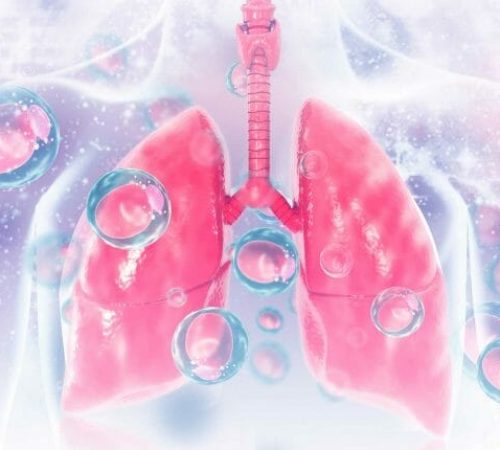
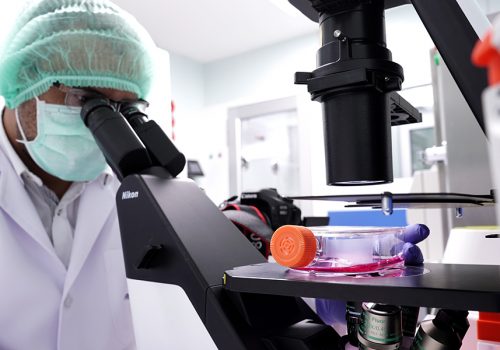
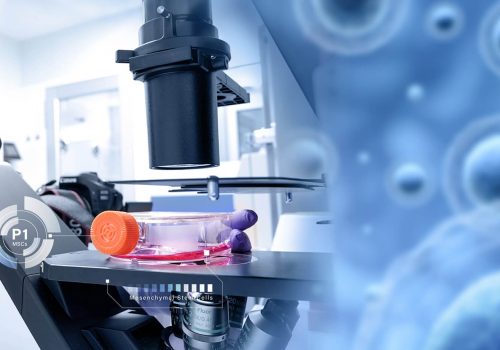
Core Component 2: Your Supportive Therapies
We select your supportive therapies based on your unique Lung Disease condition, including how far it has progressed, what symptoms you are expressing, and which of your tissues have been damaged (and to what degree).
Once designed, your supportive therapies will direct your stem cells to the impacted tissue that needs to be regenerated, trigger selective cell activity, and provide your body with additional biological building blocks to deliver a faster and more complete regeneration.
For Lung Disease patients, our recommend supportive therapies typically include, but are not limited to:
- IV & IM Lung mRNA Mix: To drive a range of beneficial activities—such as targeting the effect of the therapy, encouraging local activity for the relevant tissues, ensuring the stem cells engraft and differentiate, and promoting the right cellular secretome and peptide production—through a set of mRNA for the Lungs, Thymus, Spleen, Vascular Wall, and Connective Tissue.
- Nebulizer Stem Cell Secretomes & mRNA Mix: To increase repair signals to the lungs, and to provide supportive secretomes to enhance the activity and effect of the stem cells, by saturating local tissues with the appropriate components.
- IV and Local Tissue IR Laser Therapy: To create a more favorable microenvironment in the blood, and to stimulate local tissue activity.
- IV Oxygen and IV Ozone Therapy: To increase blood oxygen levels and create healthier cells.
- IV Nutrition: to reduce inflammation and provide building blocks for healthy tissue by providing NAD, Curcumin, Selenium, Resveratrol, and Amino Acids,.
- Breathing Physiotherapy: To retrain and rebuild the lung’s physical capacity and functional abilities through a set of guided exercises.
Core Component 3: Your Take Home Set
We curate an additional set of simple supportive therapies that you will bring home with you after your treatment, and self-administer for one to three months. This take home set ensures that your stem cells and your impacted tissue continue to receive direction and building blocks to continue to regenerate after your initial treatment.
For Lung Disease patients, our recommend take home set typically include, but are not limited to:
- Subcutaneous Injection Set— LUNG mRNA Mix: To provide the same overall benefits as the above-mentioned mRNA mix, through a similar package of components.
- Customized Nutrition Package: To improve your core parameters through a unique nutrition package that will be based on the results of your blood and urine tests, as well as your specific lung condition.
- Oral and Inhalable Stem Cell Secretomes: To encourage the ongoing repair of the lungs by maintaining effective signaling levels, and to enhance the activity of the stem cells through additional cellular secretomes.
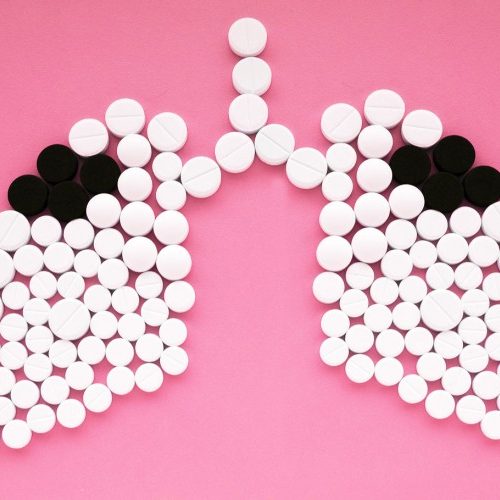
Your StemCells21 Treatment Experience
While we tailor each treatment to the unique needs of each patient, we will walk most patients through the following five steps.
Step 1
No-Obligation Consultation
First, we will conduct an in-depth consultation to define the right treatment package options for your condition. We will conduct your consultation either over the phone, over a video call, or in-person, depending on your desires. During your consultation, we will review your medical history, your medical evaluation form, and any other medical documents relevant to your condition. One of our doctors will review these documents with you, and recommend a range of appropriate treatment packages.
Step 2
Selection, Scheduling, and Arrangements
You will select the treatment package that you feel best meets your needs, and best aligns the level of investment you can commit. You will pay your upfront fee, and select the most convenient dates to schedule your treatment. From there, we will help you make arrangements for your travel to Bangkok— we will help you select your hotel or your residence for your stay, and we will arrange transportation to pick you up from the airport, and to take you to and from your lodging and our clinic.
Step 3
Initial Treatment
We will perform your initial treatment. On your first day, we will take vital measurements to benchmark your starting health status. Most initial treatment packages require three to six consecutive days of daily treatments each of which typically last two to three hours per day. This includes administration of both your stem cells, and your supportive therapies. On your last day, we will repeat your vital measurements, and review the progress you have already made.
Step 4
At-Home Treatment & Follow Ups
After you complete your initial treatment, you will return home. We will provide you with your take home set of therapeutic materials which you will administer on your own, and which will increase the effectiveness of your treatment over a defined time period. We will follow up with you at regular intervals—typically one week after you return home, then one month, three months, and six months later—to review your progress on your health outcomes, and plan any follow-up treatments required.
Step 5
Follow-Up Treatments (Condition Dependent)
Very simple treatments—involving a single area of focus on a simple type of tissue—may only require a single treatment. But most conditions require follow up treatments to continue to drive towards your health outcomes. Most conditions require follow-up treatments every six to twelve months, yet advanced or rapidly evolving conditions may require follow-up treatment ever two to three months. Any follow-up treatments you require will likely follow the same process as your initial treatment.
Expected Results from Stem Cell Treatment for Lung Disease
Umbilical cord mesenchymal stem cell (UC-MSC) therapy has shown potential therapeutic benefits for chronic lung disease such as chronic obstructive pulmonary disease (COPD). Here are some clinical outcome measurements and symptomatic changes that can be improved with UC-MSC therapy, which can be regarded as improvements in patients’ quality of life:
Clinical Outcome Measurements:
Lung Function: UC-MSC therapy may improve lung function parameters, including forced expiratory volume in one second (FEV1), forced vital capacity (FVC), and FEV1/FVC ratio. These measurements assess the airflow limitation and the ability to exhale forcefully, reflecting the severity and progression of COPD.
Exercise Capacity: UC-MSC therapy has the potential to enhance exercise capacity, as measured by parameters like the six-minute walk test (6MWT) or cardiopulmonary exercise testing. Improvements in exercise capacity indicate enhanced physical endurance and overall functional capacity.
Respiratory Symptoms: UC-MSC therapy can alleviate respiratory symptoms associated with COPD, such as coughing, wheezing, and shortness of breath. Symptom scoring scales like the COPD Assessment Test (CAT) or modified Medical Research Council (mMRC) dyspnea scale can be used to assess changes in symptom severity.
Hospitalization Rates: UC-MSC therapy may reduce the frequency and severity of exacerbations, leading to a decrease in hospitalization rates. Monitoring the number of exacerbations requiring hospitalization provides an objective measure of disease control and treatment efficacy.
Quality of Life Questionnaires: Various validated questionnaires, such as the St. George’s Respiratory Questionnaire (SGRQ) or the COPD-specific version of the Short Form Health Survey (SF-36), can assess the impact of UC-MSC therapy on patients’ overall quality of life. These questionnaires cover domains like symptoms, activity limitations, and emotional well-being.
Symptomatic Changes and Quality of Life Improvements:
Reduction in Dyspnea: One of the most debilitating symptoms of COPD is dyspnea (shortness of breath). Improvement in dyspnea severity can significantly enhance patients’ daily activities, reduce the need for supplemental oxygen, and increase overall comfort.
Decreased Cough and Sputum Production: UC-MSC therapy may lead to a reduction in persistent cough and excessive sputum production, improving patients’ ability to clear their airways and decreasing discomfort and irritation.
Enhanced Energy Levels: UC-MSC therapy might contribute to increased energy levels and reduced fatigue, allowing patients to engage in daily activities with less exertion and improving their overall stamina.
Improved Sleep Quality: COPD patients often experience sleep disturbances due to respiratory symptoms. UC-MSC therapy could potentially improve sleep quality by reducing nighttime symptoms, leading to better rest and overall well-being.
Decreased Dependency on Medications: Successful UC-MSC therapy may result in a reduction in the need for bronchodilators, corticosteroids, and other COPD medications. This decrease in medication dependency can lead to a better quality of life by minimizing side effects and simplifying treatment regimens.
Our Lung Disease Patients: Who We Treat
We offer treatment to a wide range of Lung Disease patients. However, most of our Lung Disease patients fall into one of the following expressions of, and specific conditions within, Lung Disease.
Lung Airway Diseases
For conditions that impact the tubes that carry oxygen and other gasses into and out of the lungs. These conditions are typically caused by a narrowing or blockage of the lungs’ airways.
Conditions include:
—Asthma
—COPD
—Bronchiectasis
—Emphysema
Lung Tissue Diseases
For conditions that impact the structure of the lung tissue. These conditions are typically caused by scarring or inflammation of the lungs’ tissue, preventing the lungs from fully expanding.
Conditions include:
—Pulmonary Fibrosis
—Sarcoidosis
Lung Circulation Diseases
For conditions that impact the blood vessels in the lungs. These conditions are typically caused by clotting, scarring, or inflammation of the lung’s blood vessels.
Conditions include:
—Pulmonary Hypertension
We organize our stem cell packages based on the size and complexity of your condition. Small, simple conditions require relatively few stem cells to treat them. Large, complicated conditions— or conditions you wish to treat as quickly and as completely as possible—will require larger volumes of stem cells to get the job done.
Our price for this treatment starts at $19.500 (US Dollar). The treatment duration is between 3-5 days depending on your specific condition.
Details | Treatment Type | Stem Cell Volume |
I | Single Area of Focus & Treatment | 50,000,000 stem cells |
II | Multiple Areas of Focus, Simple Inflammatory Conditions, or Early Stage Disease | 100,000,000 stem cells |
III | Complex Conditions or Premium Option for Simple Conditions | 200,000,000 stem cells |
IV | Advanced Stage Disease or Fastest Possible Treatment for All Conditions | 300,000,000+ stem cells |
We select your supportive therapies based on your condition. Your supportive therapies will direct your stem cells to the impacted tissue that needs to be regenerated, trigger selective cell activity, and provide your body with additional biological building blocks to deliver a faster and more complete regeneration.
We offer many supportive therapies, that include but are not limited to:
- Peptides & Messenger RNA
- Laser Blood Irradiation
- Laser Tissue Radiation
- Shockwave Therapy
- Ozone or Oxygenation
- NAD+
- Physiotherapy
- Nutrition & Enzymes
We curate an additional set of simple supportive therapies that you will bring home with you after your treatment, and self-administer for one to three months. This take home set ensures that your stem cells and your impacted tissue continue to receive direction and building blocks to continue to regenerate after your initial treatment.
We typically provide a one to three-month supply of:
- Compounded Nutrition
- Messenger RNA
- Growth Factors
Your Lung Disease Condition, Our Mission
No two Lung Disease patients are the same. While we have developed proven, targeted treatments for a wide range of Lung Disease expressions, we do not offer generic solutions to our patients’ unique set of issues, challenges, and opportunities for improvement to their quality of life. For each of our Lung Disease patients, we use our proven, targeted therapies as a foundation for care, which we then tailor to fit hand-in-glove with their unique needs.
In addition, we often design customized Lung Disease treatments for uncommon expressions of the condition not listed above, or for combinations of Lung Disease with other conditions that require a unique approach. We will consider any case—no matter how complex it might appear—and welcome the opportunity to find new ways to use stem cells to improve our patients’ quality of life.
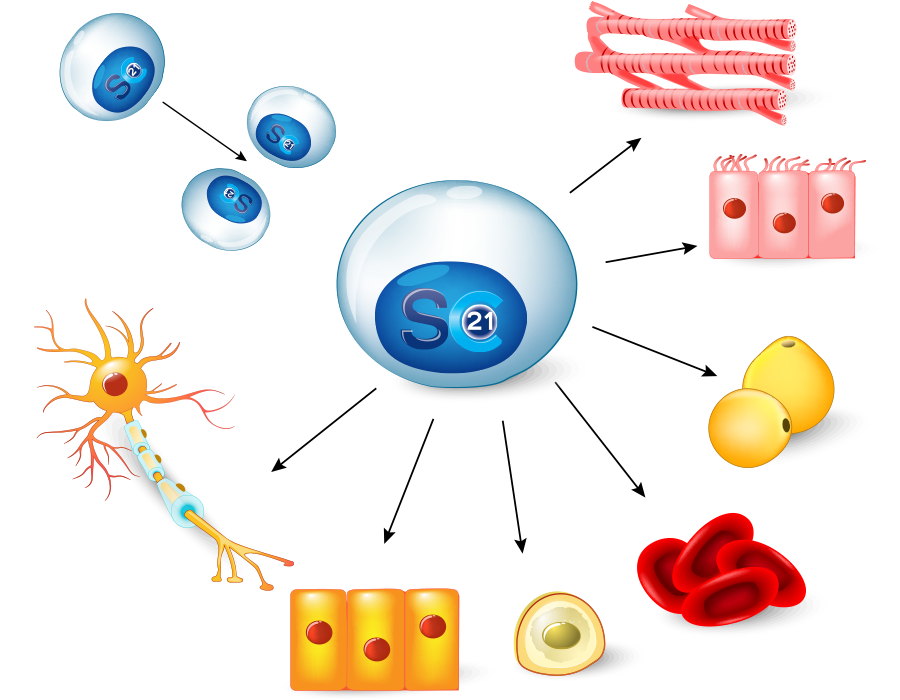
Is StemCells21 the Right Provider for Your Treatment?
If you feel we might be able to offer meaningful improvement to both your condition and your quality of life, then please reach out to schedule a free consultation with one of our in-house clinical experts. We offer consultations with Native English Speakers, as well as Thai, Arabic, and Chinese speakers.
During your consultation, we will:
- Review your medical history & recent evaluations
- Explore what your treatment package might look like
- Share similar patient cases, and the outcomes we delivered
- Answer any questions you have about us, or stem cell therapy
- Discuss practical next steps, if you feel we can effectively treat you

